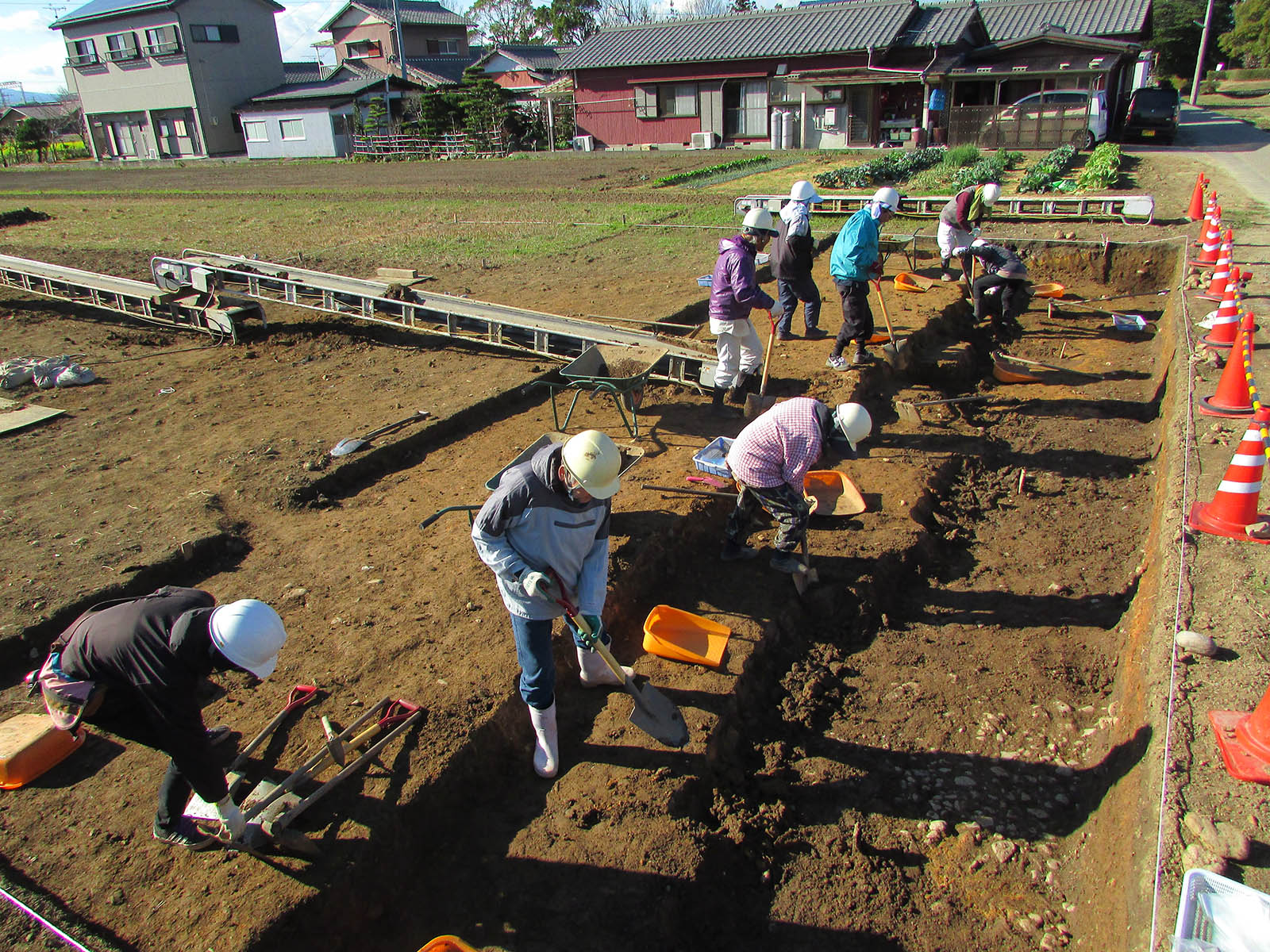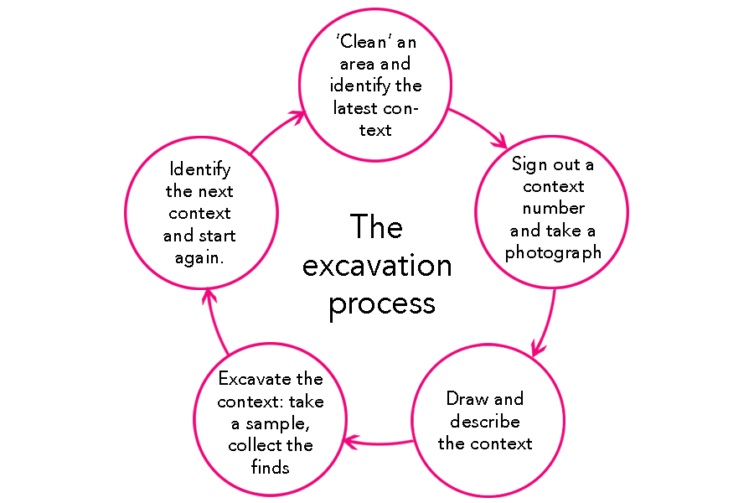Demolition Things To Know Before You Get This
Wiki Article
Excavating Contractors Fundamentals Explained
Table of ContentsThe Single Strategy To Use For Grading ContractorsThe Only Guide to Excavation Contractors Near MeThe smart Trick of Excavation Companies That Nobody is Talking AboutExcitement About Demolition7 Easy Facts About Excavator Explained


Scrapers or Pans dig deep into dirt in one location, haul and discard the soil in an additional area (concrete contractors). It is difficult to match the efficiency of scrapers for cut/fill dirt operation if the haul range is less after that a mile. Scrapers are usually drawn by a rubber tire wheel tractor and also are in some cases pressed via the cut location by an excavator.
There are lot of times that scrapers are not utilized for website grading as well as a dump truck is used: the haul might be to long, the haul may cross roadways where scrapes are not permitted, tough rock may be come across, tools availability, and so on. Unload vehicles remain in typical use as well as possibly require little conversation.
"Rock body" beds, on the various other hand, have no tailgates and also can dump any size rock, although their volume ability is reduced. Compaction Equipment boosts the density of the dirt and also in some situations gives a smooth, rolled surface area.
Indicators on Grading Contractors You Need To Know
From a basic examination pit to percussion exploration to core drilling the owner has increasingly a lot more pricey alternatives that yield progressively much better information regarding the website underground. For instance, the Owner on a 100,000 SF structure project may license twenty dull areas with split spoon soil samples taken until rock is reached and after that core examples of rock.Knowing the type and high quality of rock (from the core samples) as well as place of rock (from the dirts boring) is an actual advantage in jobsite planning. Alternatively, the Owner of a 100,000 SF building might make a decision to continue with no geotechnical screening whatsoever. The decision concerning geotechnical screening is normally made by a Proprietor with no input from the Building Manager.
An expertise of the approximate area of the rock aids the Building and construction Manager to prepare the sequence of steps following rock excavation. If rock is in one corner of a huge structure project, for instance, the earth excavation can start at the contrary end of the structure in order to start foundation job soonest.
Starting the foundation work early would be a great concept if the rock might be eliminated by ripping. If the rock is incredibly hard as well as calls for considerable blasting, it may be prudent to hold foundation job till the blasting is completed. The Building Manager ought to work with these kinds of decisions and utilize all the technological date offered.
The Buzz on Excavating Contractors
Unclassified excavation stipulates that all rock or other unanticipated materials (excluding harmful products) come across in the sitework will try these out be the duty of the Contractor at no adjustment in contract cost. An unidentified excavation is less complex from a book-keeping standpoint as well as places the obligation for geotechnical conditions onto the Sitework Professional.How Water Influences Sitework? It's outstanding what a hefty rainfall can do to a building and construction job. Before the rainfall, the website may be completely dry, heavy devices efficiently relocating earth, the various other professions smoothly executing their job. Within hrs the project can be a sloppy, mud-hole with employee efficiency reduced to regarding 10%.
In a lot of areas of the world, the Building Supervisor have to remember a simple reality: IT WILL RAIN. Good planning can reduce the damage as well as disturbance of a hefty rainfall to a jobsite. Commonly the excavation and also grading is delegated the Sitework Professional (and also their Foremen is responsible to supervise as well as guide the hefty devices as well as operators).
The Construction Supervisor need to be continually aware of what rainfall will do to the project site. It is not uncommon for the Sitework Supervisor to function their heavy tools for maximum efficiency and hope it does not rainfall. Among the most effective methods to get ready for rainfall is to incline all qualities to drain pipes and to smooth rolled the surface before a rainfall.
How General Contractor can Save You Time, Stress, and Money.
The Construction Supervisor have to be well-balanced sufficient to guarantee that hefty rainfall does not stop job on the job much longer than required. Daily discussions with Sitework Foremen anonymous may be required to achieve this objective. Any type of time excavation is called for below the existing water table on a project, the procedure of dewatering should be thought about.In an absolutely natural dirt, the water takes a trip so slowly through the clay or silt that dewatering is not typically required for the reasonably brief time of excavation. Dewatering might be required for a single ground excavation or for a whole task site. The most typical dewatering methods are trench drains, deep wells and well factors.

Ground water infiltration can also be reduced by cutoff approaches such as sheet stacking. High dewatering costs have actually faded the earnings margins on much as well numerous tasks.
This option should constantly be thought about when assessing the possibility of dewatering. Obviously the option is just feasible if gravity can run the water to reduced ground. Trench drains can be cut with a backhoe and also loaded with a crude, granular product (# 4 rock for instance), yet treatment has to be exercised in selecting the water electrical outlet type and also area.
About Trencher
A siphon, necessarily, utilizes air pressure to lug water from one altitude, up over a barrier, to a lower altitude. The pipelines in a siphon system have to be closed and also some resourcefulness is often called for to totally fill the siphon pipe. The siphon pipe need to be complete for the siphon to start.A deep well is composed of a pump, tube and a vertical well casing. The pump consumption is at the base of the well covering (typically some crushed rock is positioned down there as a filter medium) (grading contractors). The water is inflated the hose, out of the well covering, and to an ideal discharge location.
In a rugged sand, for instance, a huge location can be pumped to near the pump consumption elevation. A much less permeable dirt, on click for source the other hand, decreases the efficiency of a deep well. Considering that the pump is generally at the end of the deep well, there are no height limitations due to vacuum lift, and also deep wells can reduce the groundwater over 50 feet.
Under of the wellpoint there is a 2 foot long display as well as shutoff, water jets out of this shutoff as well as produces a hole into which the wellpoint pipeline can be reduced. This opening is frequently made a bigger size (as an example 10 inches) to allow for a rugged sand backfill to assist filter the water (grading contractors).
Report this wiki page